Gardening Tips for Gardeners with Chronic Pain
Gardening is an excellent way to enjoy the sunshine, unwind after a stressful day, and grow beautiful flowers and delicious food. However, it can be less enjoyable if you suffer from chronic pain.
I was born with a hip issue that causes the joint to move loosely within the socket. This can cause nerve pain, joint pain, and mobility issues. Because of this, I have had to adapt my gardening to meet the needs of my body.
Gardening is a great way to get low-impact exercise, boost your mental health, and get much-needed vitamin D, so it is still beneficial for those dealing with chronic pain issues. Detailed below are the adaptations I have found most helpful in my gardening journey.
There are many gardening methods, but I have found gardening in raised beds to be the most accommodating to my various pains and issues. By gardening in raised beds, the plants are higher off the ground, which means less bending and stooping when doing tasks like trellising and weeding. Additionally, I can bring a chair or stool into my garden rows and sit while working in the raised beds, which further limits bending and stooping.

The author's Vego Garden beds help her enjoy gardening despite chronic pain.
Some gardening tasks can be hard on the hands, and when joint inflammation flares up, those tasks can be painful.
Multi-use hand tools, like a Hori Hori knife, help reduce effort while weeding and cutting down larger plants. Tools that don’t require hand squeezing to be effective can greatly reduce the strain on those tender joints.
Watering the garden is necessary to ensure healthy plants, but using the water hose nozzles that require squeezing can exacerbate joint pain. Drip tape, irrigation, or a water hose nozzle with a thumb control valve are helpful watering tools that prevent further joint pain but make sure the garden is well hydrated and thriving.
When you deal with chronic pain, staying in the same position too long or working too long can take several days or weeks to recover from. This was the most difficult lesson for me to learn. After dealing with exhaustion and inflated pain levels, I learned to set a timer and give myself breaks. The timer helps me remember to change positions. If I am sitting and focused on seed starting, I can stand up and stretch. If I am doing physical tasks like raking, I can stop and sit down for a few minutes. I also had to learn to spread my tasks out, so I do not tackle my entire garden in a day. While I used to try and clean up, amend, and plant everything in a single day, now I spread it out over a couple of weeks, so I do not wear myself out or cause additional pain.
I watched a YouTube video once where a gardener advised that every other gardener has a garden chair somewhere in their garden. I found this advice to be invaluable, so I use a 5-gallon bucket with a cushioned lid and simply move it around my raised beds. This gives me a place to sit while I work, but it is not a permanent fixture in the garden space. A bonus to the bucket is that I can store my tools and fertilizers inside, so they are always where I need them.
Gardeners are often moving soil and compost around their gardens. A lower-impact way to move those heavy bags is to use a wagon or cart. Carts with the dump option save your back further because the cart does the work of dropping the soil for you. Flat carts can make it much easier to move plants and trays of seedlings within your garden space, so you can quickly move everything where you need it.

Sometimes, chronic pain can keep you indoors to rest and recuperate. When the pain has you resting, gardening is not high on the priority list. But you can still have a lovely space by incorporating low-maintenance plants into your garden that will handle weather, weeds, and neglect when you’re unwell. Plants like zinnias, marigolds, sunflowers, kale, herbs, and established perennials will survive in the garden even when you are not out there tending them.

One of the harder things we independent gardeners can do is to recruit some help from a spouse, a friend, or a teen needing extra cash to do the heavier lifting. But enlisting help with digging, trimming trees and the more physical tasks will often save us from extra pain or exhaustion.
The most important tip is to pay attention to your body – stay hydrated, when possible, work in the shade, plan time outdoors for when it won’t be too hot or too cold, and stretch as needed. I have found practices like yin yoga to be extremely beneficial in relieving chronic pain symptoms. Listening to these hints from our body can often slow down chronic pain before it reaches its worst levels.
Last, at the end of a productive gardening day, consider a warm bath with Epsom salts (if your medical provider agrees this is a good option), or the use of a heating pad on those achy joints and muscles. A warm bath can often loosen overworked muscles and help us relax, and a heating pad can provide extra relief where it is needed most.
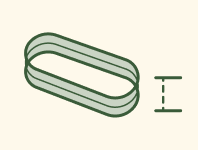
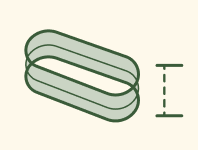
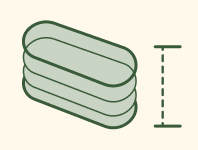
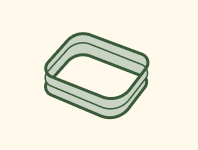
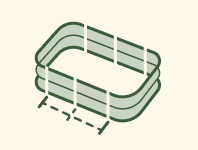
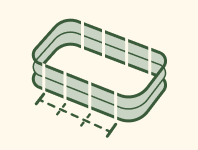
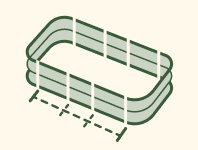
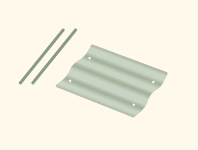
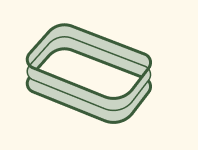
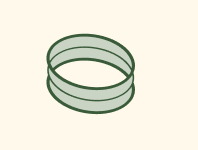
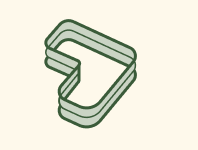
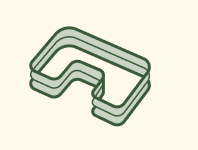
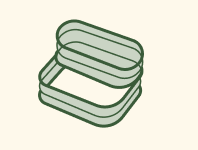


















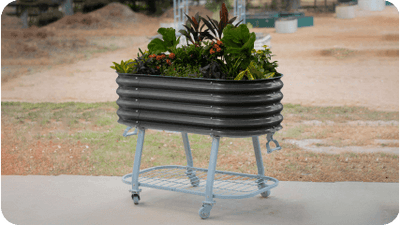








































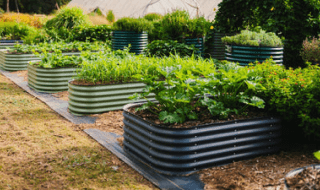
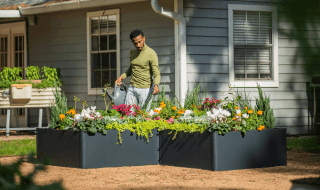
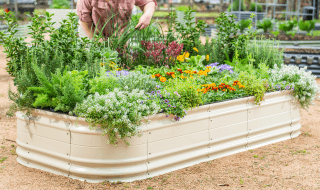
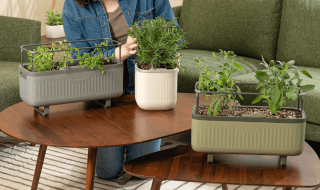
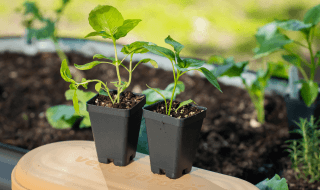
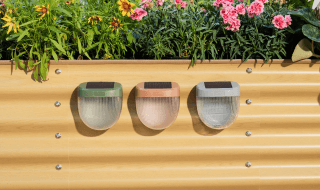
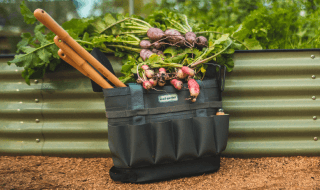
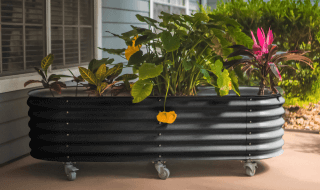


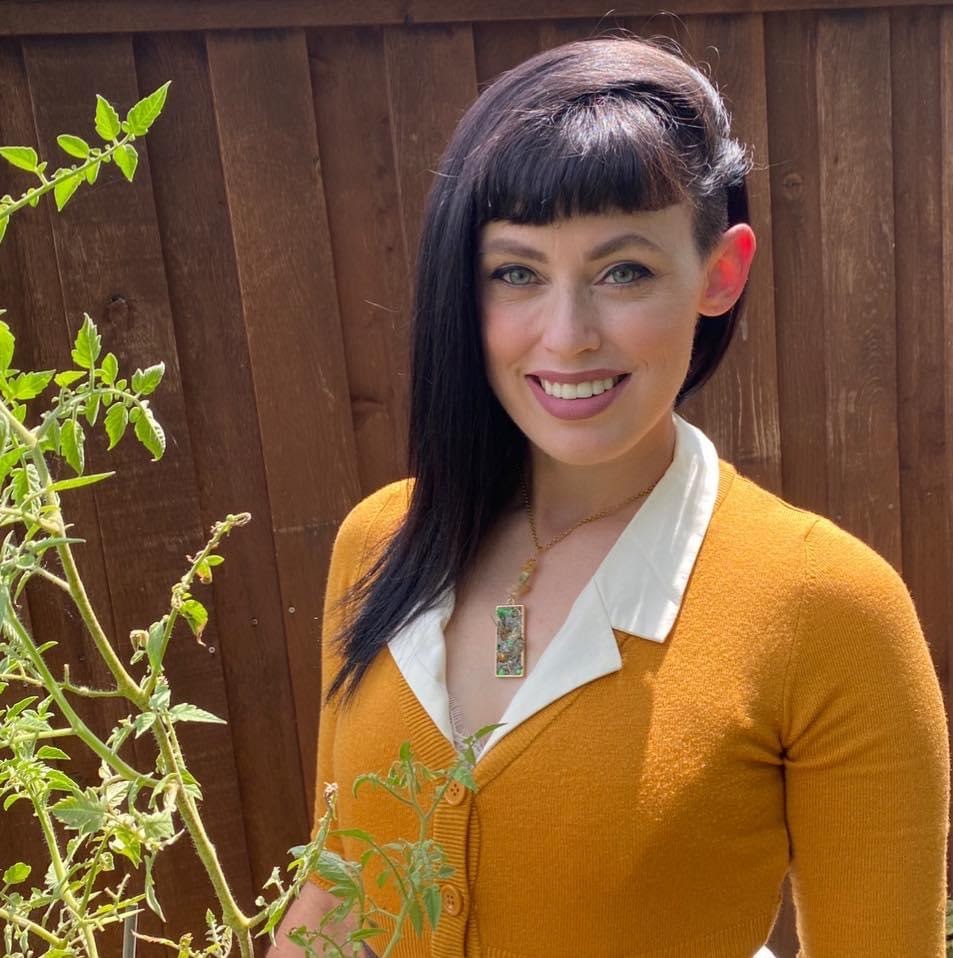




Great advice for a chronic pain sufferer!! THANK you!! Common sense advice but I really needed it:-) !!
Leave a comment